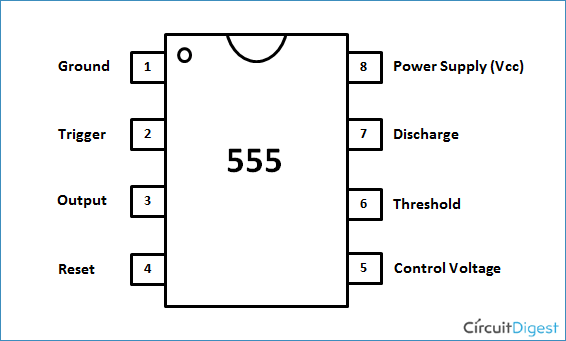
- SIMPLE SHUTDOWN TIMER CHIP HOW TO
- SIMPLE SHUTDOWN TIMER CHIP ZIP FILE
- SIMPLE SHUTDOWN TIMER CHIP SERIAL
- SIMPLE SHUTDOWN TIMER CHIP CODE
SIMPLE SHUTDOWN TIMER CHIP CODE
one that completely stopped the code from doing any thing else while the delay was waiting to expire.

The previous sketch used a blocking delay, i.e. It is sometimes convenient to use delay() in the setup() code and you can often get away with very small using very small delays of a few milliseconds in the loop() code, but you really should avoid using the at all in the loop() method The point to note here is that you really should not the delay() function at all in the loop() code. If you run this code you will see that the Run Other Code is not printed out for 10sec after the startup, but after the led is turned off (ledOn equals false) then is printed out very fast as loop() is called over and over again. In the sketch above, the first time loop() is called, the delay(10000) stops everything for 10secs before turning the led off and continuing. This is where most of you code goes, reading sensors sending output etc. Once setup() is finished, Arduino calls the loop() method over and over again. In the setup() method, which Arduino calls once on starting up, the led is turned on. LedOn = false // prevent this code being run more then once PinMode(led, OUTPUT) // initialize the digital pin as an output. Here is how NOT to code a delay in a sketch.
SIMPLE SHUTDOWN TIMER CHIP HOW TO
This instructable is also on-line at How to code Timers and Delays in Arduino
SIMPLE SHUTDOWN TIMER CHIP ZIP FILE
Download SafeString from the Arduino Library manager or from its zip file The millisDelay class is now part of the SafeString library V3+. The millisDelay library provides functionality delays and timers, is simple to use and easy to understand for those new to Arduino. If you already understand why you should not use delay() and are familiar with Arduino, the importance of using unsigned longs, overflow and unsigned subtraction, then you can just skip to Using the millisDelay library (Step 4) There are also examples of single-shot and repeating timers. The second is an example of code the works and the third is an example of using the millisDelay library to simplify the code. The first one is an example of how you should NOT write the code. Here are a number of simple sketches each of which turn a Led on when the Arduino board is powered up (or reset) and then 10sec later turns it off. The companion tutorial Simple Multi-tasking in Arduino covers all the other necessary steps. This is the first step to achieving simple multi-tasking on any Arduino board. This page explains in a step by step way how to replace Arduino delay() with a non-blocking version that allows you code to continue to run while waiting for the delay to time out. However replacing delays requires some care. Using delay() causes your system to be stuck while waiting for the delay to expire. If you are just looking for info on how to use the millisDelay library jump to Using the millisDelay library (Step 4) If you just want to flash an output pin On and Off at a given rate jump to PinFlasher (Step 6)
SIMPLE SHUTDOWN TIMER CHIP SERIAL
Added Freeze/Pause delay exampleĪlso see Arduino For Beginners – Next Steps How to write Timers and Delays in Arduino (this one) Safe Arduino String Processing for Beginners Simple Arduino Libraries for Beginners Simple Multi-tasking in Arduino Arduino Serial I/O for the Real World The instructable Simple Multi-tasking in Arduino on Any Board covers all the other necessary steps.ĥth May 2019 update: Renamed isFinished() to justFinished(), as it only returns TRUE once just after the delay finishes.

Download SafeString from the Arduino Library manager or from its zip fileĥth Sept 2019 update: Removing delay() calls is the first step to achieving simple multi-tasking on any Arduino board. 20th Dec 2021 update: added PinFlasher class and example (included in SafeString library V4.1.13+)Ħth Jan 2020 update: The millisDelay class is now part of the SafeString library V3+.


 0 kommentar(er)
0 kommentar(er)
